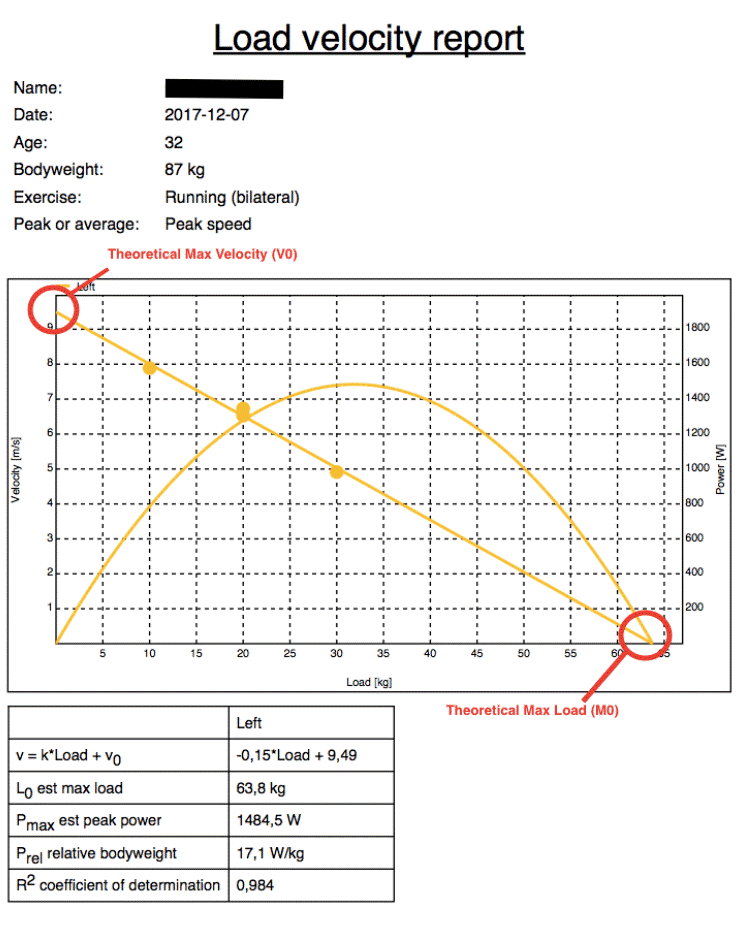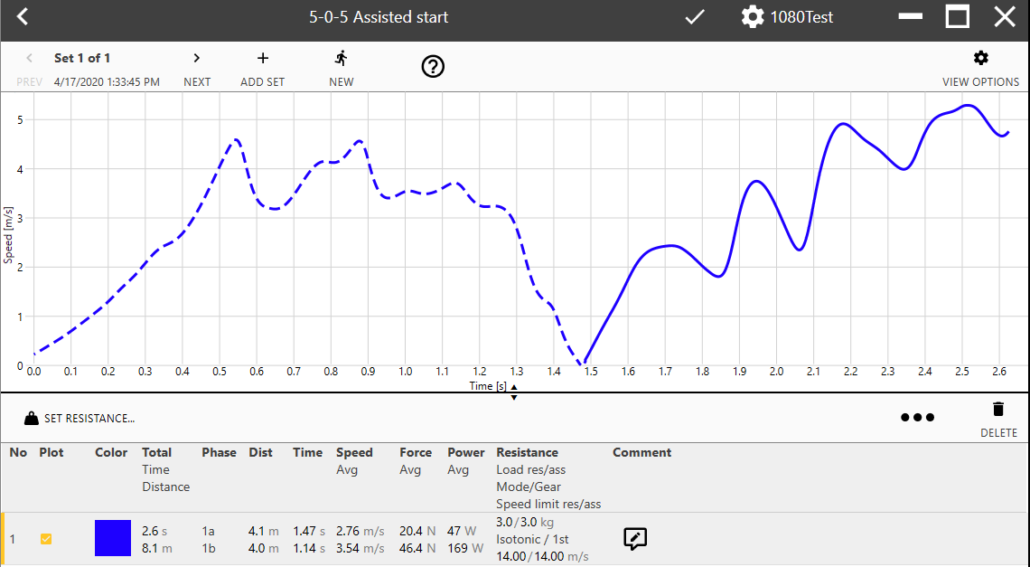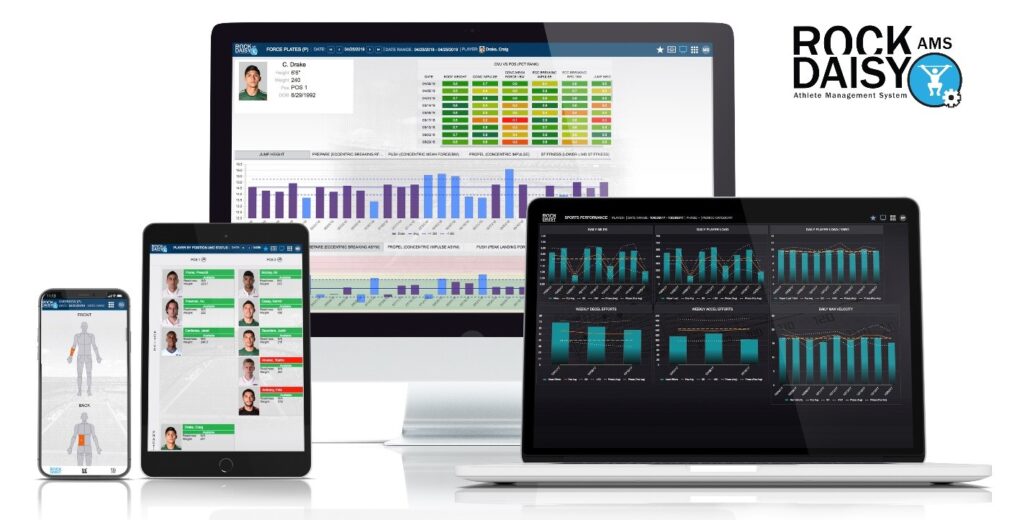Huskies are often seen as sled dogs with great endurance. Think Iditorod – the long-distance race from Anchorage to Nome, Alaska covering about 1,000 miles often through harsh winter conditions. At the University of Washington, Husky football players also show great perseverance and strong towing abilities (using the 1080 Sprint) under the watchful and calculated eyes of Head Strength and Conditioning Coach Ron McKeefery and Director of Sports Science Ben Creamer.
However, it’s not the physical quality of long-distance endurance that is of interest, but rather the outcome of the Husky training program that utilizes towing against a load that is desired. That outcome is speed. And in the dynamic and fast-paced game of football, speed can be the difference-maker between an ordinary play and a game-changing moment. Whether it’s the burst of a running back breaking through the line of scrimmage, the acceleration of a wide receiver racing down the field, or the agility of a defensive back keeping up with opponents, speed plays a crucial role in every aspect of the game.
The Husky football strength & conditioning staff understands that cultivating speed requires a multifaceted and deliberate approach.
This starts with athlete assessment including, but not limited to, jump testing and isometric mid-thigh pull on the force plate, VBT data from strength training, and creating a load-velocity profile with the 1080 Sprint using a 2kg load for 30 meters, an 8kg load for 25 meters, a 14kg load for 20 meters, and a 20kg load for 15 meters.

Based on the results and overall performance profile, athletes are placed in buckets based on their individual needs: High Force, Power, or High Velocity. “Through the load-velocity profile, we can also determine the appropriate load or velocity even though training is administered in a group environment” says Husky sports scientist Ben Creamer. This becomes important when 120 or so players are being trained at the same time. Creamer noted that this usually occurs in 3 units or stations that are rotated. At the 1080 station, the High Force group will typically perform 14 kg and 20kg runs, whereas the High Velocity group will utilize loads of 2 and 8kg. In some cases, individualization of programming will be based on the individual athlete’s load-velocity curve.
Of course, speed training is integrated into the broader training regimen, ensuring that players are not only fast but also developing strength, improving body composition and conditioning, and becoming injury-resistant. In addition, deceleration training is also vital, especially for skill players. Football is a game of constant change of direction as players are altering their course to follow the play, evade defenders or pursue the ball. Creamer says that the 1080 Sprint is also
highly valuable in the training of deceleration. He will utilize it with various change-of-direction drills but more specifically with the 5-0-5 test along with video analysis. As Creamer stated “testing is training”.

Seamless Integration with RockDaisy AMS
Speaking of testing …. Testing produces numbers and data. To handle and integrate the sports science data, the Huskies use the RockDaisy Athlete Management System. Organizations with a RockDaisy AMS subscription and a 1080 account can synchronize the two platforms leveraging the 1080 API. This allows strength coaches, sport coaches, and sport scientists to pull 1080 Motion running, change of direction and single repetition data directly from 1080 into their RockDaisy AMS to be combined and analyzed with all other athlete data.

Creamer mentioned that “this is a real time saver. I can get a full detailed report from session in less than 10 minutes. It’s seamless and saves a ton of time.”
In addition, it allows for streamlining of every step of the athlete evaluation process, improving key efficiencies, and consolidating all athlete data in one place so that the 1080 Motion data can be viewed in the context of all of the other KPIs.
This is perhaps one of the reasons that Huskie head coach Kalen DeBoer has called Coach Mac “an outside-the-box thinker who excels in balancing foundational principles with new, cutting-edge ideas”. Being a twice named Collegiate Strength and Conditioning Coach of the Year isn’t bad either.
About RockDaisy LLC
RockDaisy’s Athlete Management System (AMS) provides a powerful competitive advantage to sports organizations throughout the NFL, NBA, NHL, NCAA, NHSSCA, and other elite sports leagues worldwide. This advantage stems from its seamless optimization of the entire athlete evaluation process via an intuitive visual reporting platform, along with the ability to centralize all athlete-related information. For more information, visit rockdaisy.com






























































